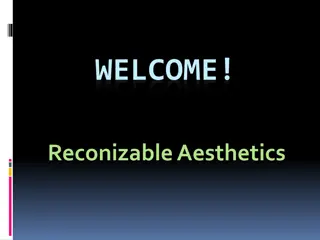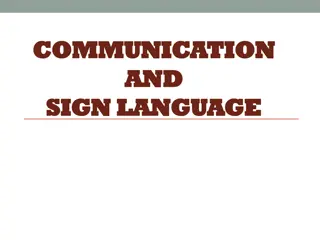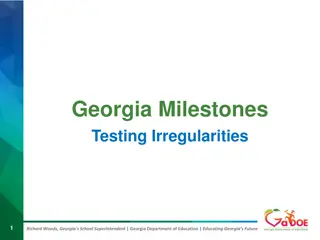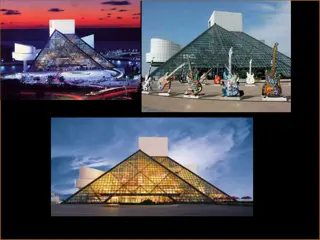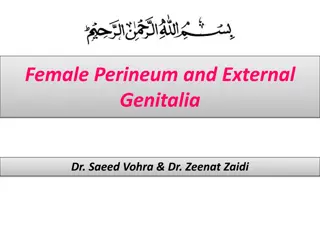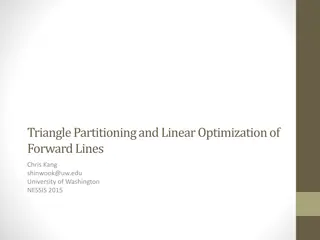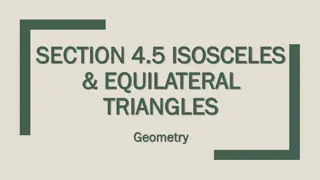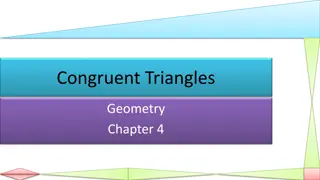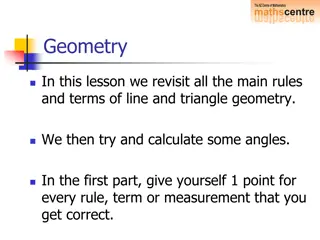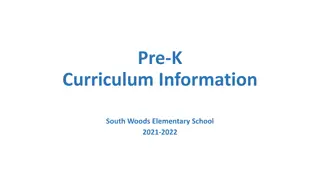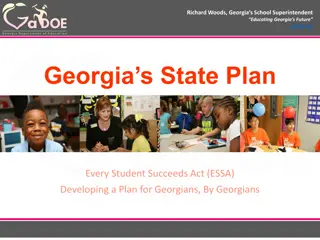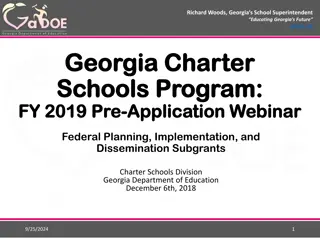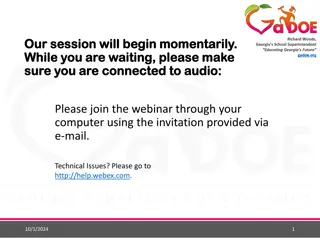Woods Triangle of Development Support Communication
John L. Woods introduced the concept of Woods Triangle, emphasizing the interconnection between knowledge generators, political leaders, and development knowledge users. Development Support Communication, popularized by UNICEF and UNDP, plays a crucial role in linking various stakeholders involved in planned development activities. It focuses on integrating information seeking patterns of target audiences into the development planning process, facilitating effective communication vertically, horizontally, and bottom-upwards.
Download Presentation

Please find below an Image/Link to download the presentation.
The content on the website is provided AS IS for your information and personal use only. It may not be sold, licensed, or shared on other websites without obtaining consent from the author.If you encounter any issues during the download, it is possible that the publisher has removed the file from their server.
You are allowed to download the files provided on this website for personal or commercial use, subject to the condition that they are used lawfully. All files are the property of their respective owners.
The content on the website is provided AS IS for your information and personal use only. It may not be sold, licensed, or shared on other websites without obtaining consent from the author.
E N D
Presentation Transcript
Woods Triangle of Development Support Communication (Unit II) Paper: Development Communication Course: BJMC , Semester: II Institution: DSPMU, Ranchi Teacher s Name: Sumedha Chaudhury
WOODS TRIANGLE Knowledge Generator Political Leaders Intermediate Groups Development Knowledge Users
John L. Woods in 1976 conceived a triangular nexus with three points: Knowledge generators, political leaders and development knowledge users called Wood s Triangle. The role of Development Support Communication as per Woods is to link all three elements in the development linkage triangle along with all the intermediate user groups.
Woods emphasizes not only on pushing the information towards the target groups, but also on taking into account the information seeking pattern of the target audience and integrating them into the development planning process. The route of communication is not only vertical from top to bottom and bottom-upwards but also horizontal between the institutions and personnel connected with the process of development.
Development Support Communication was a concept popularized by the UNICEF and UNDP. It links all agencies involved in planned development work constituting the final delivery points and consumers of information such as policy planners, development administrators , political executives, subject specialists, field workers, opinion leaders, the researchers, beneficiaries and media representatives.











